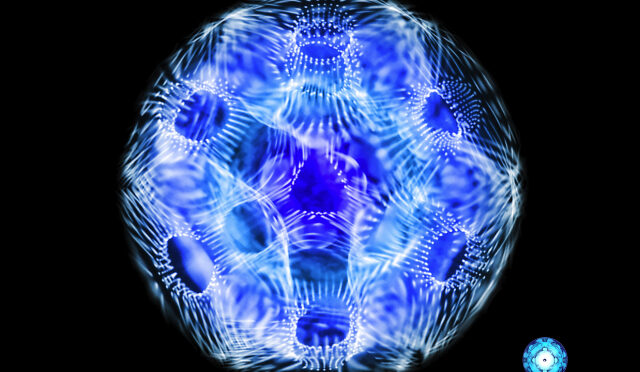Cymatics is the study and creation of models of vibrations. Everything vibrates at a certain level and these scientists are placing different mediums in direct interaction with sound waves and other distinguishable vibrations. Different sounds create distinct geometric representations in different mediums.
The CymaScope device registers vibrations by sounds on the surface of distilled water. The surface tension of the water provides the stark clarity you can see in the video below. It has been used to record representations of various music and speeches. This representation is how scientists believe that dolphins ‘hear’ and recognize words. Though we don’t quite understand how.
Each medium is beautiful unique in it’s representation of sound. The spiraling geometry is not only an amazing visual but a revealing metaphor for perception. Seeing the shifting shapes in relation to tonal changes is created by crazily simple science.
The medium (in this case water) is vibrated, causing the regions of maximum and minimum displacement are made visible. The Cymascope registers the variations of displacement and clarifies them through imaging technology.
Dolphins use sonar to explore their surroundings and communicate with others of their kind. Jack Kassewitz is a researcher in Miami, that unveiled an amazing application of this technology. He recorded the sounds that the sentient mammals used in identifying specific objects; a plastic cube, an inflatable duck and a flowerpot.
After turning the sounds into images, they were shown to dolphins that had been the makers of the original sound and new dolphins that had nothing to do with the starting of the experiment. They all recognized the objects that we projected with 86% accuracy. Not bad for the first attempt at serious dolphin communication.

